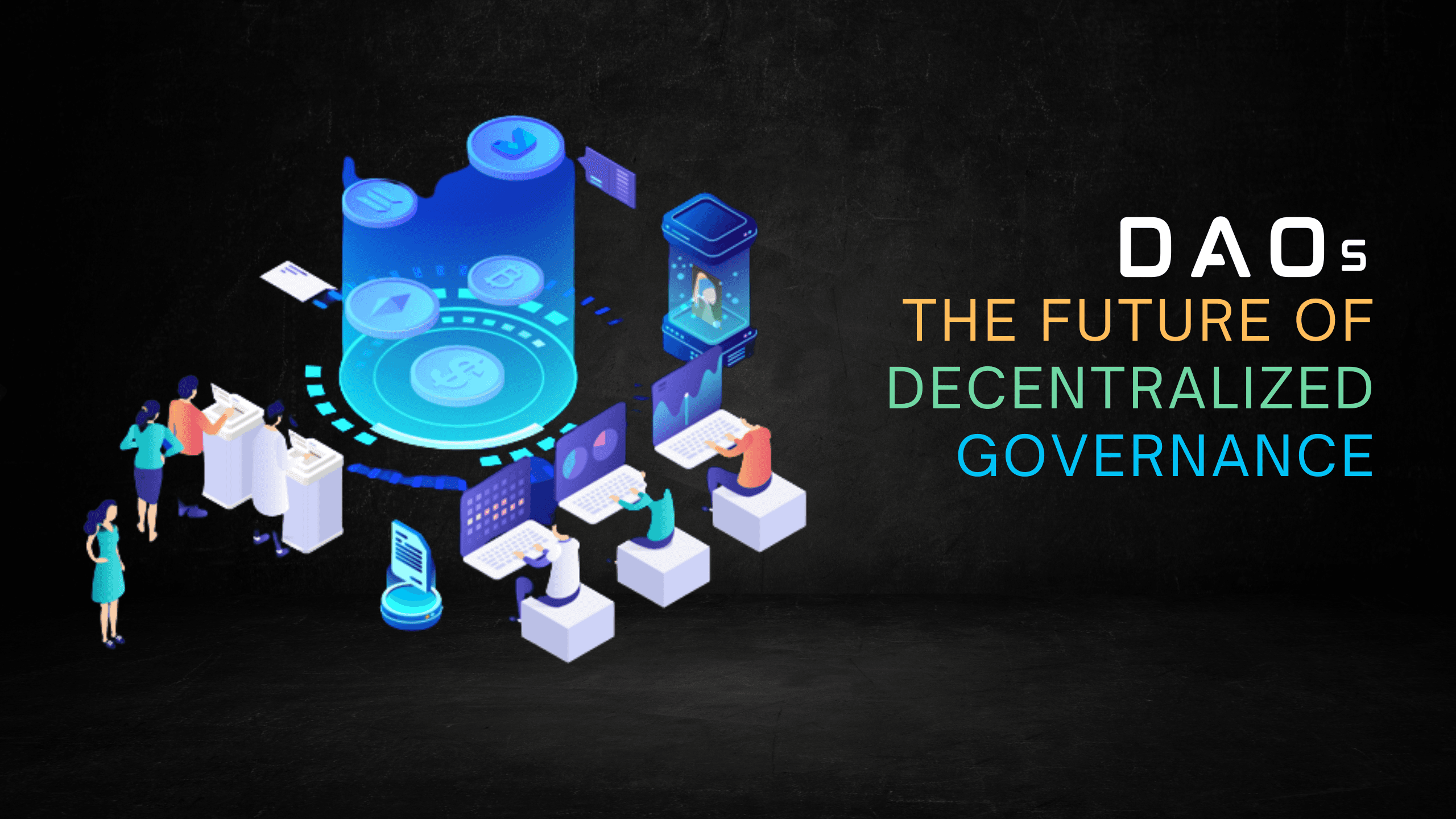The Rise Of Decentralized Governance Unpacking The Concept Of Daos
The world is witnessing a revolution in the way organizations are structured and decisions are made. Decentralized governance has emerged as a powerful force, giving rise to a new breed of entities that are changing the fabric of modern institutions. At the forefront of this movement are Decentralized Autonomous Organizations, or DAOs. But what are DAOs, and how are they transforming the way we think about governance?

- Unlocking The Secrets Of Yield Farming In DeFi: A Journey To Maximizing Profits
- Unlocking The Power Of Decentralized Finance: A Beginner’s Guide To Crypto Loans On DeFi Platforms
- Unlocking The Secrets Of Crypto Derivatives: A Step-by-Step Guide To Maximizing Your Gains
- Cracking The Code: A Beginner’s Guide To Reading Cryptocurrency Whitepapers
- What Is A Dao And How Can You Participate
Imagine a collective where decisions are made not by a single entity or a group of powerful individuals, but by a community of stakeholders working together as equals. This is the world of DAOs, where blockchain technology and cryptocurrencies have enabled the creation of decentralized, autonomous entities that operate without the need for intermediaries.
A DAO is essentially a digital organization that exists only on a blockchain network. It is programmed to operate autonomously, executing decisions made by its members through a consensus-driven process. This means that anyone with a stake in the DAO – whether it’s a token holder, a contributor, or a community member – has a say in its decision-making process.
The concept of DAOs first emerged in 2016, when a group of developers created The DAO (yes, the OG DAO!) as a decentralized funding platform. Although it faced significant challenges and was eventually hacked, the idea of a decentralized organization resonated with the community and paved the way for future innovations.
So, how do DAOs work? The process begins with the creation of a smart contract, which is essentially a set of rules and guidelines programmed onto a blockchain network. The contract outlines the DAO’s decision-making process, voting mechanisms, and the rules for proposal submissions. Members of the DAO then vote on proposals, using their tokens or stakes to participate in the decision-making process.
DAOs have given rise to a new paradigm of governance, one that prioritizes transparency, accountability, and decentralization. Because decisions are made collectively and autonomously, DAOs are less susceptible to the influence of centralized powers or special interest groups. Additionally, the use of blockchain technology ensures that all transactions and decision-making processes are transparent and publicly accessible.
But the benefits of DAOs go beyond just governance. They also offer a new model for community engagement and collaboration. In traditional organizations, decision-making power is often concentrated among a select few. In contrast, DAOs distribute power among all stakeholders, creating a more inclusive and participatory environment. This has significant implications for community development, as members are incentivized to contribute to the growth and success of the collective.
So, what does the future hold for DAOs? As the technology continues to evolve, we can expect to see more complex and sophisticated DAOs emerge. In fact, we’re already witnessing the rise of DAOs in various industries, from finance and real estate to social impact and art. Some notable examples include the MakerDAO, a decentralized lending platform; The Graph, a decentralized data network; and the Museum of Contemporary Art, a community-driven art collective.
The emergence of DAOs represents a fundamental shift in the way we think about governance and community building. By giving power back to the people and creating more inclusive and participatory environments, DAOs are unlocking new opportunities for collaboration and growth. As this technology continues to evolve, it’s clear that the world of governance will never be the same again.
The evolution of DAOs has given rise to many conversations and critics. One of the major drawbacks of DAOs is the possibility of ‘ whales’ controlling decisions either through sheer number of tokens held or controlling voting machines. One of DAO’s major pain points revolves around voting systems being manipulated and controlling by some stakeholders. Some individuals are worried that these systems that can be centrally controlled can ultimately be gamed.
This sense of unease goes beyond the boardroom. It’s a symptom of broader cultural discontent — disconnection between decision makers (the management of governance) and stakeholders. These issues are typically common when it is time for decentralized organizations and systems to bridge the distance between vision and planning, individual decision-making or control, and collective momentum.
